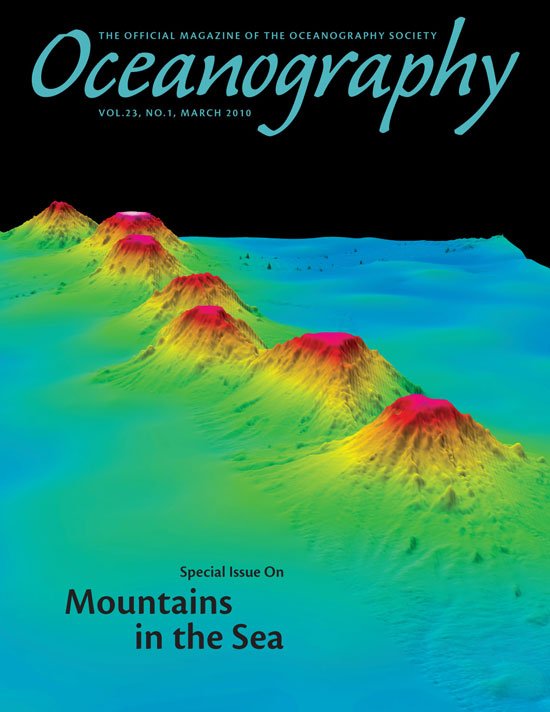Peer reviewed articles


What's the difference between these 2 journals? Oceanography is peer-reviewed, whereas National Geographic is a popular-press title.
Peer review is scientists' and other scholars' best effort to publish accurate information. Each article has been submitted by a researcher, and then reviewed by other scholars in the same field to ensure that it is sound science. They are looking for:
- Originality, importance of topic, valid data, reasonable conclusions, clear writing.
- They will attempt replication, find errors, and suggest changes.
Peer-reviewed journals are generally considered "primary source" material: When a new scientific discovery is made, a peer-reviewed journal is often--but not always--the first place it appears.
Popular and trade publications are not peer-reviewed, they are edited. That does not mean they are any less potentially truthful or informative--most popular and trade publications take pride in careful fact-checking.* But when the topic is scientific research, the information is generally "secondary": It has already appeared elsewhere (usually in a peer-reviewed journal) and has now been "digested" for a broader audience.
If you want to verify that a journal is peer-reviewed, check Ulrich's Periodical Directory.
Some sources of peer-reviewed articles:
-
Google ScholarGoogle Scholar takes Google's PageRank algorithm and runs it on a pre-selected set of tables-of-contents and metadata from a preselected set of scholarly journals and papers. These are largely--though not entirely--peer-reviewed. It is a much better option than a regular Google search for scholarly information.
-
Engineering Village 2Journal articles and conference proceedings covering engineering. Includes many links to full-text articles.